Worm castings, or in other words… worm poop.
They may not be the most glamorous of substrate additives, but this potent material can do wonders for your plants.
As with many things in this world, sometimes nature simply does it best.
Sure, we can synthesize all sorts of interesting fertilizers, substances, and supplements these days – which certainly have their place – but your growing supplies don’t all need to look like a pharmacy counter.
It’s time to get our hands dirty (metaphorically) because we’re about to dig into worm castings 101!
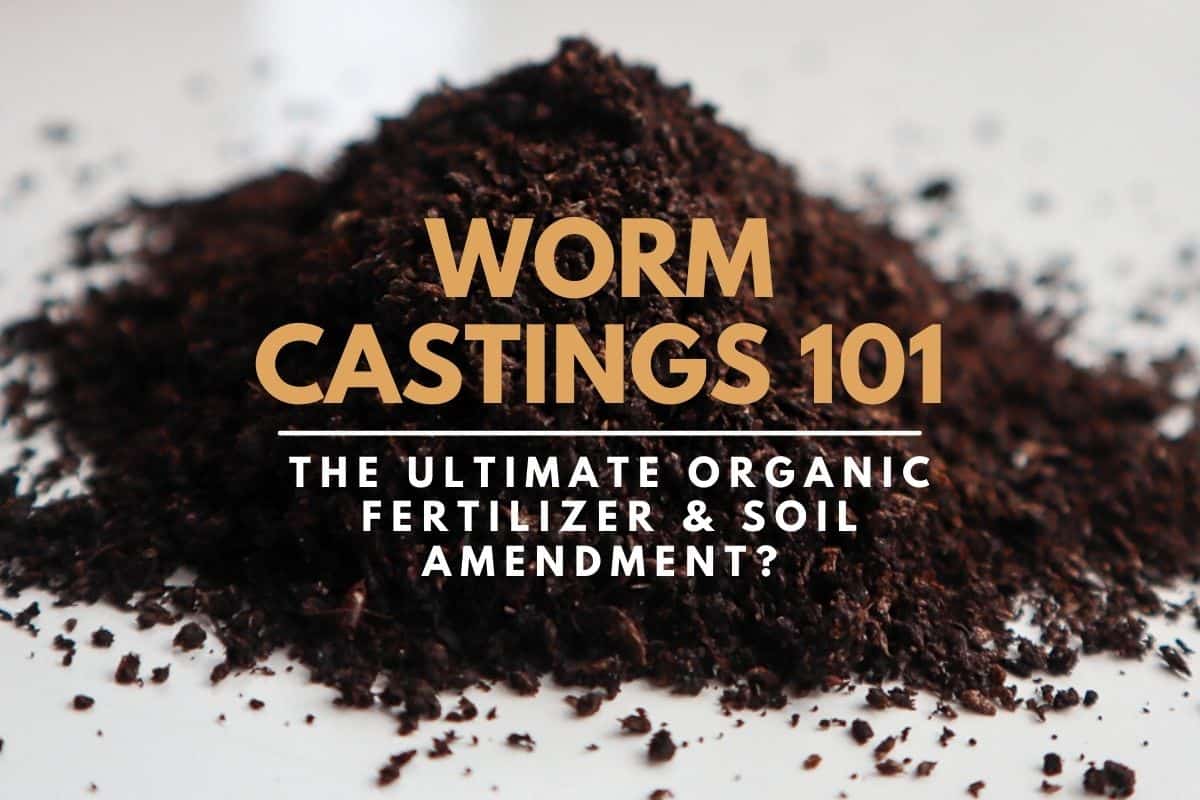
Terrarium Tribe is reader-supported. When you purchase through links on our site, we may earn an affiliate commission (at no further cost to you). 💜
What are Worm Castings?
Worm castings are as natural as they come.
The literal waste of worms. It’s a lot more interesting than it sounds, honestly.
Kind of like that expensive Indonesian coffee that’s made from weasel dung (Kopi Luwak). The weasel eats the coffee cherries, and its digestive system (somehow) produces a superior product full of depth and flavor.
That’s essentially what we have here with worm castings! Or at least with nutrients, hopefully not flavor…
The idea is that the worms digest the soil, processing and refining it and eventually leaving behind a much more nutrient-rich organic material (with some extra beneficial components).
People often say they have a consistency of fine coffee grounds, and I’m inclined to agree. They essentially look and smell like earth.
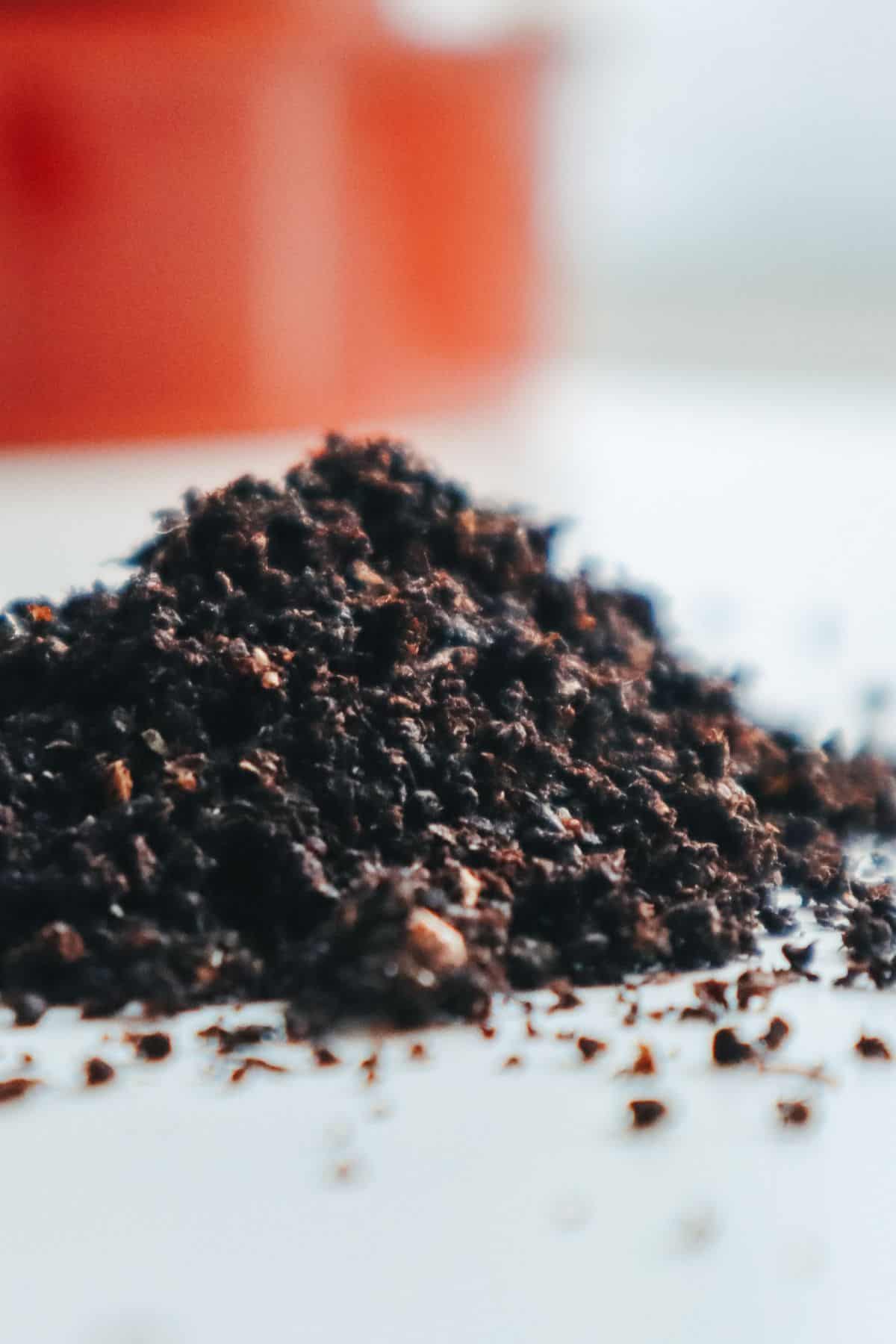
And before you ask, no – it doesn’t smell like poop. Let’s get that out of the way early.
Benefits of Worm Castings
1. They provide a slow-release fertilizing solution – the digestive tract of the worms coats the material and effectively bundles it up into tiny, long-lasting fertilizer granules. Handy!
2. The nutrients are far more bioavailable – worm castings reportedly come with a variety of beneficial microorganisms, and their unique microbial activity helps plants absorb and utilize the available nutrients.
3. They provide a diverse range of micro-nutrients – worm castings are a complex blend of nutrients. Bringing a lot of other useful elements to a healthy soil mix that regular liquid fertilizers don’t, e.g., iron, sulfur, and calcium.
4. They increase water retention and improve soil structure – worm castings are an excellent soil additive that can help boost soil aeration and keep your plants fed and healthy.
5. They’re naturally pest-resistant – worm castings have been shown to be effective at increasing plant resistance to a variety of pests, including; aphids, spider mites, mealy bugs, and caterpillars.
6. They won’t cause nitrogen burn – some fertilizers can harm plants with excessive nitrogen levels if you’re not careful. Thankfully, worm castings are never going to do this.
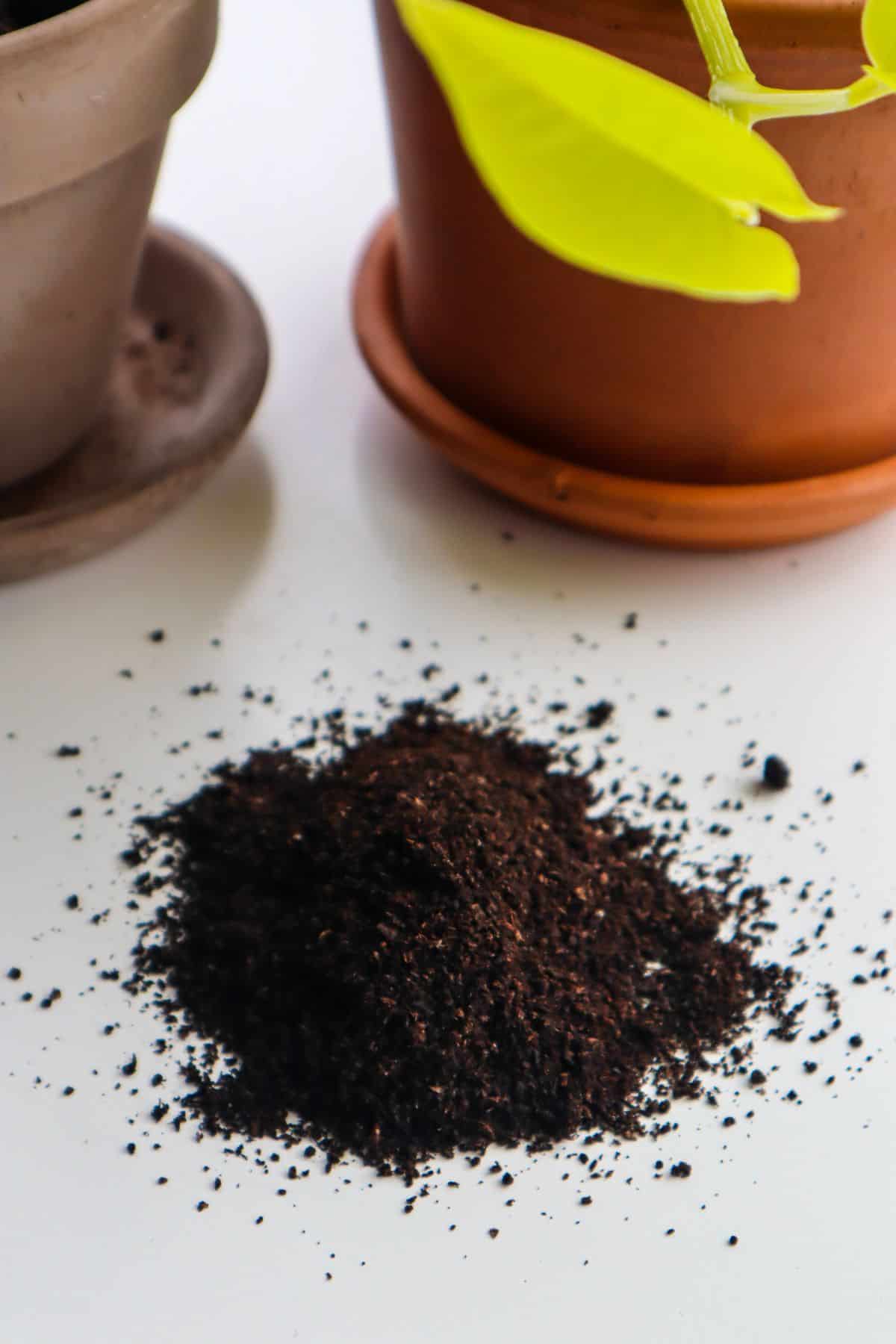
👉 Looking for an all-in-one substrate? We use earthworm castings in our premium terrarium soil mix.
Disadvantages of Worm Castings
1. It’s not a quick fix – the way the nutrients are “packaged” in worm castings means they release slowly. So, if your plants are bigger and/or starving for nutrients, you may want to give them a liquid fertilizer boost too.
2. They’re more expensive (than standard chemical fertilizer) – though by no means a particularly pricey product – especially amongst organic fertilizers in general – you’ll get more bang for your buck if you buy cheap liquid fertilizer vs organic worm castings.
3. Quality varies – Both the nutrient diversity and density are going to be primarily driven by the species of worms and what they’re consuming. So the quality can vary a lot.
4. Low NPK values – you’ll find worm castings are often labeled with low NPK values, which are the typical macro-nutrient values that fertilizers are characterized by – nitrogen, phosphorous, and potassium.
Though, due to the high bio-availability and diversity of nutrients in worm castings, the NPK numbers really aren’t representative of their true capacity. Earthworm castings are proven to provide a huge boost to plant growth and health.
That being said, if you’re growing leafy foliage plants that need high nitrogen (e.g., Philodendron), then you’re probably going to want to use a combination of worm castings and a general plant fertilizer for best results.
How to Use Worm Castings
1. As Part of Your Mix
The easiest way to use earthworm castings is to incorporate them right from the beginning.
I like to use them in all my tropical substrate blends.
They’re particularly important if you’re using coco coir as a base (as I tend to do) as you need to add some organic components in there.
Generally, I look for worm castings to make up about 10% of the overall mix. Though others will recommend as high as 20%.
It’s not an exact science, but you don’t want to go much more than that – especially in terrariums where you want to tightly control the amount of organic material that’s available to break down.
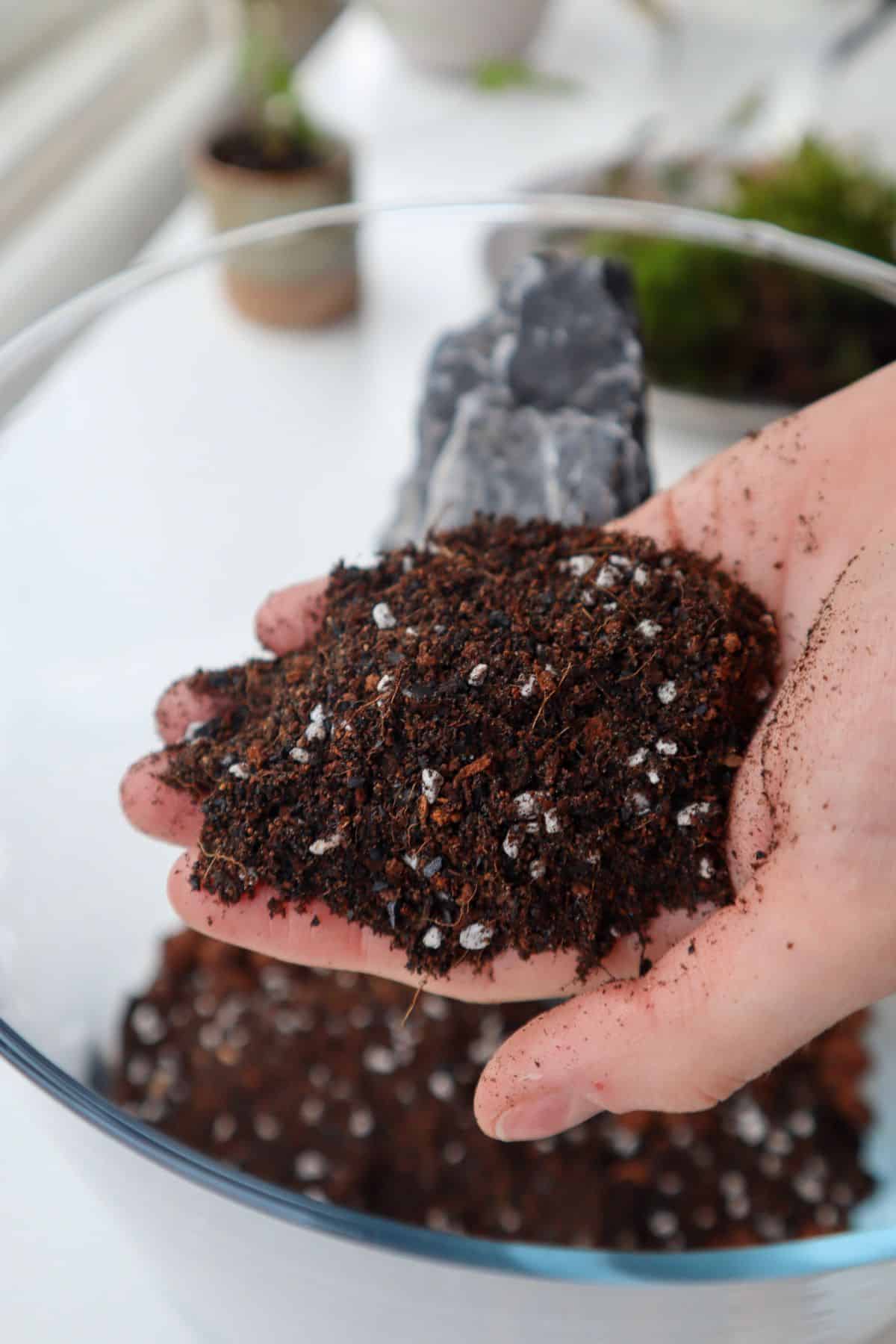
2. Sprinkle on Top
If you already have your plants potted up and they’re not ready for a substrate refresh, you can simply sprinkle some earthworm castings on top.
That way, some of the nutrients will dissolve in the liquid whenever you water the plant and will then be pulled down into the substrate as it passes through.
Remember, you tend to lose some soil/substrate out of the drainage hole every time you water a potted plant anyway. So this way, you’re just topping it back up again.
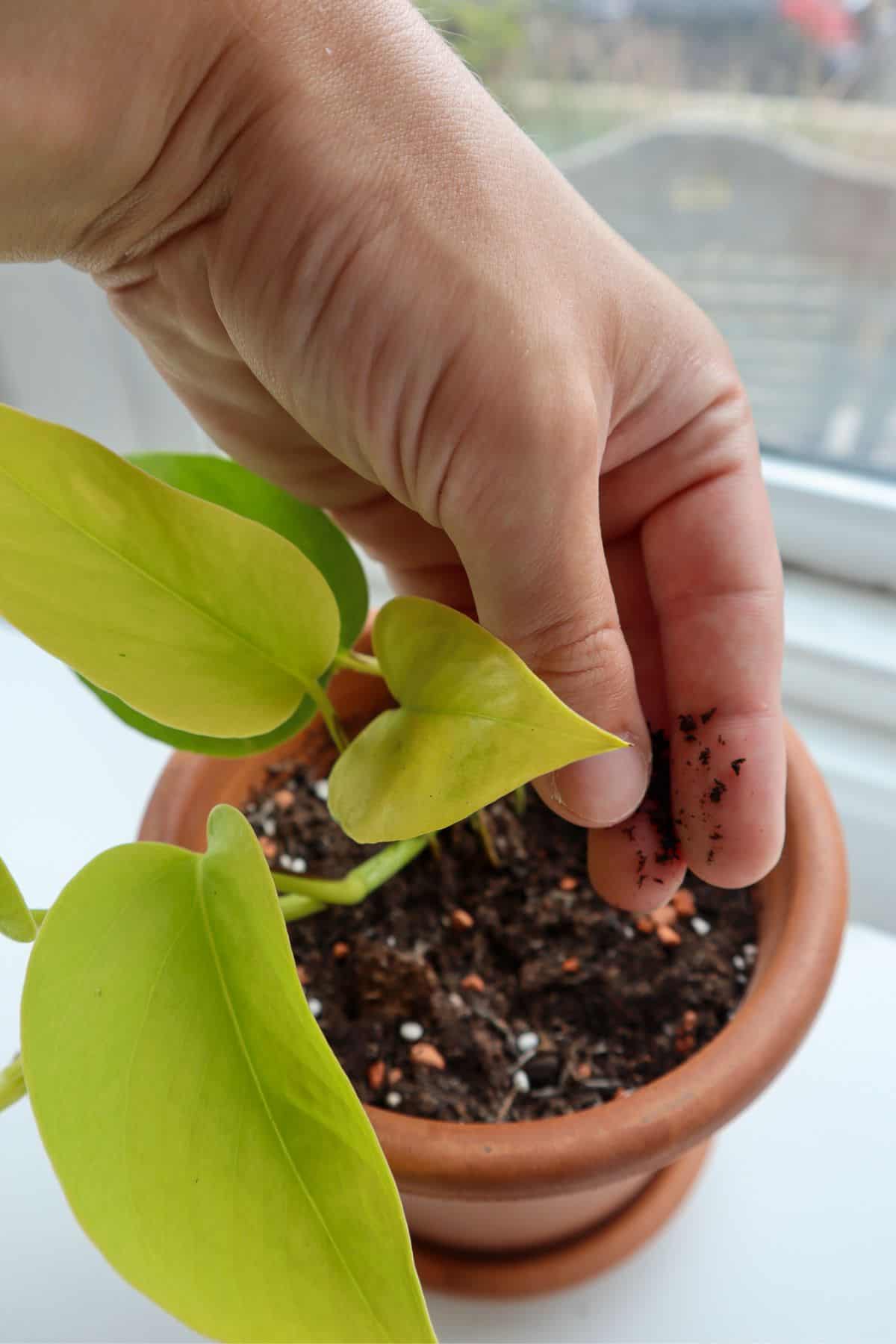
3. Make a Worm Tea
Compost tea has been a horticultural staple for years, and worm tea is the natural extension of that.
It’s a fairly straightforward process of adding your worm castings to a cheesecloth sac or similar, then steeping your new “compost tea bag” in purified water.
I’ve personally never tried this, but it’s this versatility that makes worm castings such an interesting natural fertilizer solution.
Finding Worm Castings for Sale
There are a ton of worm castings products for sale online.
The majority are earthworm castings, but they’re also often sold under the names “Vermicast” and “Vermicompost.”
Whether it’s because earthworms produce the best material or just because they’re everywhere – I don’t know. But, I can personally sing the praises of the stuff.
From what I can tell, vermicast is supposed to be the name for a refined product of castings, and vermicompost is the more rough and ready mix of earthworm castings and partially decomposed organic waste (just like a typical compost bin with food waste).
If vermicast is the triple-filtered Russian vodka, then I guess vermicompost is supposed to be the bathtub moonshine.
But then, they seem to be sold under the names interchangeably, so who’s to say?
I just call it all worm castings to keep everything as clear as possible.
👉 Shop worm castings on our store.
Make Your Own Earthworm Castings
The most efficient way to get high-quality worm castings is by doing it yourself.
Now, getting your own composting worms may not be to everyone’s taste (and, like me, not everyone has a garden), but modern worm bins seem to be only a little more work than a typical compost pile solution.
If you need a way to process organic garden waste products, and you want rich soil with improvements in plant growth, soil quality, and essential nutrients – why not?
Alternatively, you could add your own worms directly into your next terrarium project and let them work as they go. I’d highly recommend you check out our terrarium worms guide before doing so, though (they’re very niche picks)!
Frequently Asked Questions
Worm castings are a fantastic all-round fertilizer and soil conditioner. However, due to their low NPK score, they can’t be considered a complete fertilizer for all plants.
The NPK of worm castings is low, usually around 1-0-0. Though, it varies a lot between products and isn’t representative of its strong nutrient profile.
Earthworm castings look a lot like coffee grounds. Small black pellets that are soft to the touch.
Earthworm castings have a neutral pH of 7, making them a versatile solution that can also help to balance the pH of the soil or substrate they’re added to.

My question is can you use worm tea in place of worm casting for your terrariums soil ?
In theory, I think it’d work from a nutrient point of view. I’d imagine that you’d have to add it very slowly over time to avoid overwatering though.